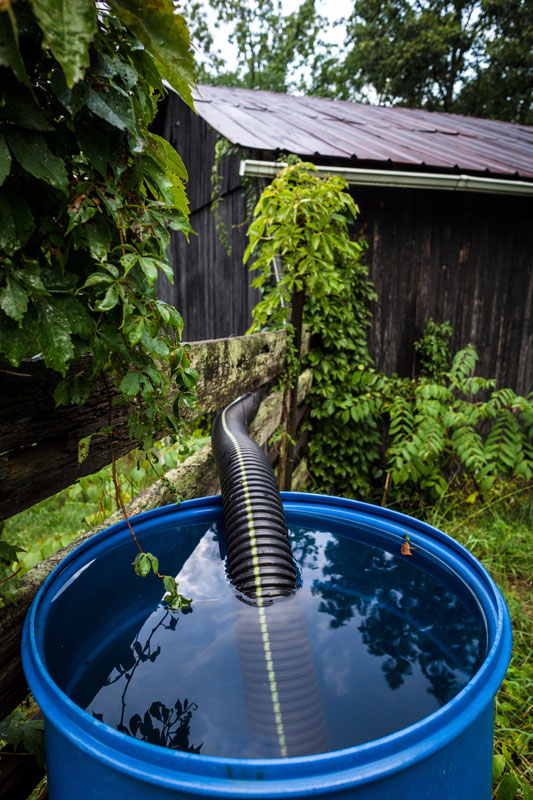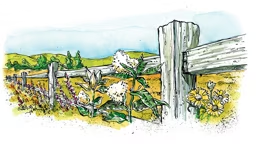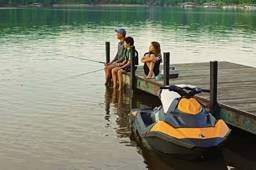If your cabin is near a drainage basin, make sure you are doing what you can to manage and control it. Here are some tips on how to protect a watershed.

There’s a whole geographic area contributing water to a lake, and it’s called a “watershed.” Watersheds also are referred to as “catchment areas” or “drainage basins.” What happens within your watershed can affect your lake. You can’t really control soil type or the weather, but you can manage storm runoff, ground cover and other property features that contribute to robust watersheds and equally healthy lakes.
Reduce runoff
After a storm, how fast does the water from your cabin’s roof reach the lake? For every square foot of impervious surface on your property (rooftops, driveways, pathways), a 1-inch rainfall leaves 0.62 gallons of water with nowhere to go except downhill.

Reducing the runoff from your property can go a long way towards reducing your impact on your lovely lake. Nutrients, bacteria, lawn chemicals, and other pollutants move quicker and easier over roofs, driveways, and lawns. Here are some ways to trap these things before they reach your favorite fishing or swimming hole:
- Make sure downspouts drain to areas where water can soak into the ground, like flower gardens or wooded areas.
- Put in a rain barrel, and use that free water to keep your plants happy during dry periods.
- Start a rain garden. An attractive addition to landscaping, it lets you grow unique water-loving flowers that may not thrive in a normal garden, and it traps and cleanses runoff.
Edit your shoreline
A good editor doesn’t throw it all out and start over. Rather, good editing simplifies and strengthens what has already been written … or in this case, what has already been growing. Shoreline vegetation can be selectively “edited out.” Remove individual branches and shrubs that restrict your water view and access without eliminating the complex, deep-seated root structure that holds your shoreline in place. Not only can this approach improve growing conditions for remaining flora, but it also retains the bird and wildlife habitat that native plants provide.
Is your shoreline vegetation already removed? Consider restoring it. Healthy native plants are better able to withstand competition from invasive plants, reduce the need for chemicals and fertilizers that can reduce water quality, provide habitat for birds and wildlife, and are better adapted to a region’s climate and growing season.
Another important step you can take to protect your watershed: Conduct an annual septic system inspection.
 There’s a whole geographic area contributing water to a lake, and it’s called a “watershed.” Watersheds also are referred to as “catchment areas” or “drainage basins.” What happens within your watershed can affect your lake. You can’t really control soil type or the weather, but you can manage storm runoff, ground cover and other property features that contribute to robust watersheds and equally healthy lakes.
There’s a whole geographic area contributing water to a lake, and it’s called a “watershed.” Watersheds also are referred to as “catchment areas” or “drainage basins.” What happens within your watershed can affect your lake. You can’t really control soil type or the weather, but you can manage storm runoff, ground cover and other property features that contribute to robust watersheds and equally healthy lakes.
 Reducing the runoff from your property can go a long way towards reducing your impact on your lovely lake. Nutrients, bacteria, lawn chemicals, and other pollutants move quicker and easier over roofs, driveways, and lawns. Here are some ways to trap these things before they reach your favorite fishing or swimming hole:
Reducing the runoff from your property can go a long way towards reducing your impact on your lovely lake. Nutrients, bacteria, lawn chemicals, and other pollutants move quicker and easier over roofs, driveways, and lawns. Here are some ways to trap these things before they reach your favorite fishing or swimming hole:






